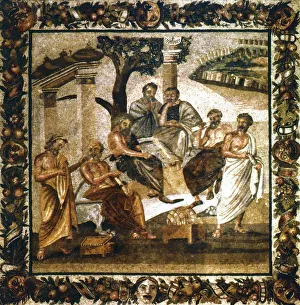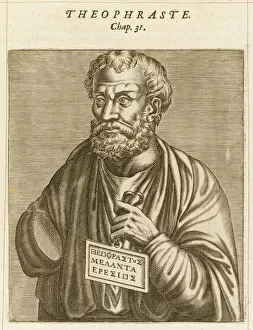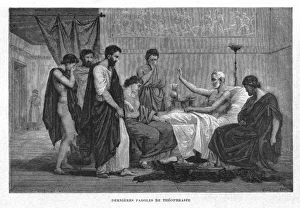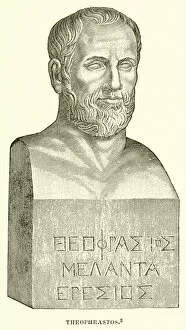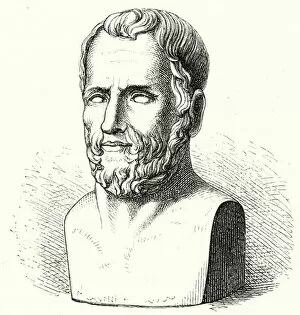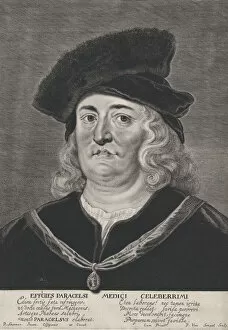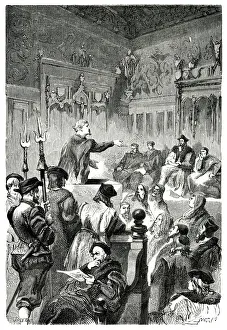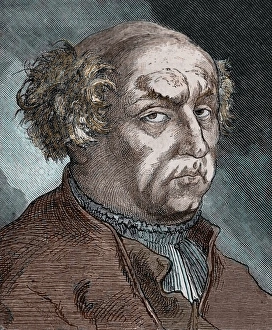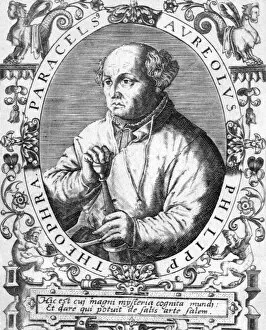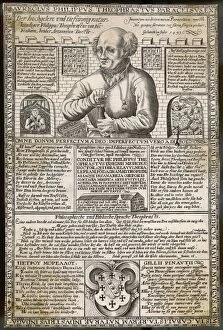Theophrastus Collection
"Theophrastus: Tracing the Legacy of an Ancient Greek Philosopher" In the realm of ancient philosophy
All Professionally Made to Order for Quick Shipping
"Theophrastus: Tracing the Legacy of an Ancient Greek Philosopher" In the realm of ancient philosophy, Theophrastus stands as a prominent figure alongside great thinkers like Plato, Socrates, Epicurus, Pythagoras, and Zeno. A Roman mosaic from Pompeii serves as a testament to his enduring influence. Born in Eresos on the island of Lesbos around 371 BC, Theophrastus was a student of Aristotle and eventually became his successor at the Lyceum. He delved into various fields such as botany, ethics, metaphysics, and logic. As he continued Aristotle's work on natural history and plant classification, Theophrastus earned himself the title "Father of Botany. " His meticulous observations laid the foundation for future scientific endeavors in this field. Despite being known primarily for his botanical studies today, it also explored human nature through his renowned work titled "Characters. " This collection depicted different personality types with vivid descriptions that still resonate with modern readers. The legacy extends beyond his own time. Paracelsus (1493-1541), a Swiss physician and alchemist deeply influenced by ancient philosophy and medicine, adopted Theophrastos as part of his name to honor this esteemed philosopher-scientist. Engravings depicting both Theophrastus himself and Paracelsus pay homage to their contributions to knowledge. These images capture their intellectual prowess while reminding us that wisdom transcends time. The deathbed scene associated with Theophrastus symbolizes not only mortality but also the immortality achieved through one's ideas. It serves as a reminder that even after passing away physically, our intellectual heritage lives on eternally. Today we continue to study ancient philosophers like Theophrastus because they provide timeless insights into human existence. Their teachings serve as guiding lights in our quest for knowledge and understanding.

